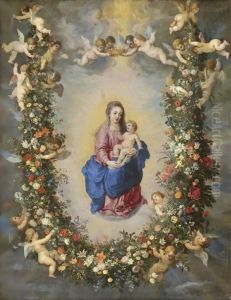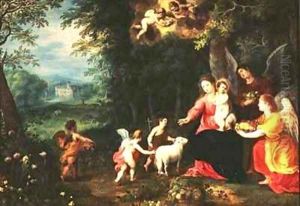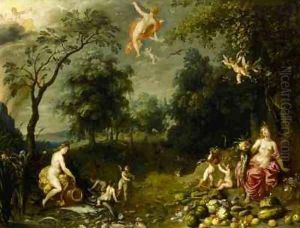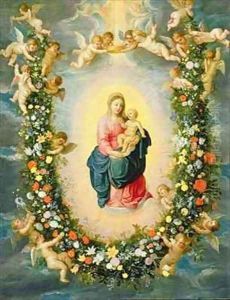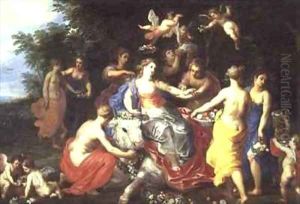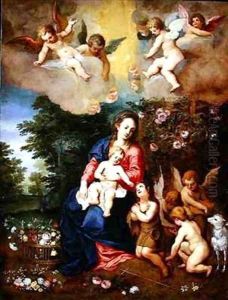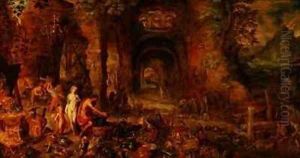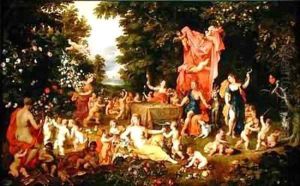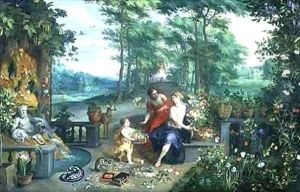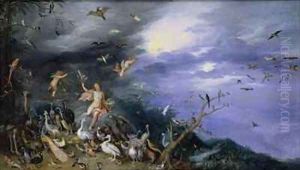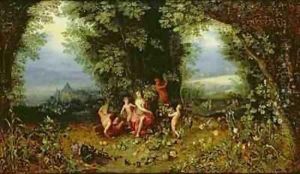Jan & Balen, Hendrik van Brueghel Paintings
Jan van Balen was a Flemish painter born in 1611 in Antwerp, a city renowned for its vibrant artistic community. He was the son of Hendrik van Balen, a prominent figure in the world of Flemish Baroque painting. Jan was known for his allegorical scenes and mythological subjects, often imbued with a dynamic and elegant style that reflected the influence of his father and the broader Baroque movement.
Hendrik van Balen, born in 1575 in Antwerp, was a significant painter during the Flemish Baroque period. He was particularly celebrated for his small-scale mythological and historical scenes. Hendrik's work is characterized by its meticulous attention to detail, vibrant colors, and the delicate handling of light, all of which contributed to his reputation as a master of the oil on copper technique. He played a crucial role in the development of Flemish Baroque painting, and his studio was a pivotal training ground for future generations of artists, including his son Jan van Balen and Anthony van Dyck.
Jan Brueghel the Elder was another titan of Flemish art, born in 1568, also in Antwerp. He was the son of Pieter Bruegel the Elder, who was a pioneer of landscape and genre painting in the 16th century. Unlike his father, Jan Brueghel's work is notable for its meticulous detail, vibrant color palette, and the integration of floral and landscape elements, earning him the nickname 'Velvet Brueghel' for the tactile quality of his work. His collaborations with Peter Paul Rubens, combining Rubens' figures with his landscapes and still lifes, are particularly celebrated. Jan Brueghel's legacy includes a significant contribution to the development of landscape and still life as independent genres within Baroque art.
Despite their differing focuses and styles, Jan van Balen, Hendrik van Balen, and Jan Brueghel each contributed uniquely to the tapestry of Flemish art, reflecting the rich artistic heritage of the region and the dynamic interplay between tradition and innovation that characterized the Baroque period.
